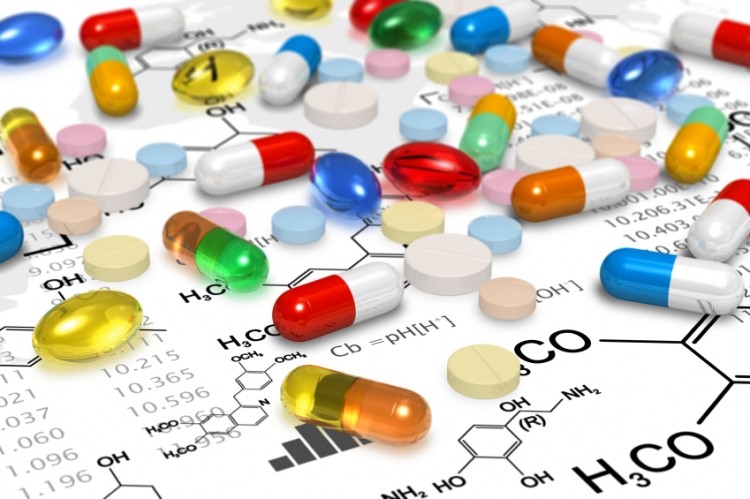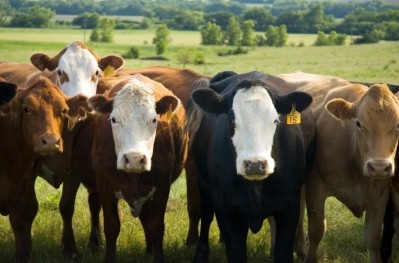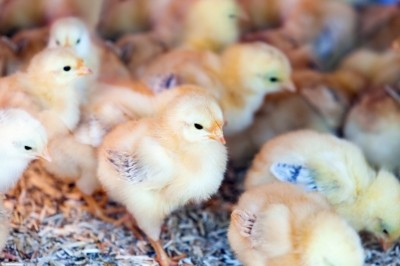‘Chickens treated with antibiotics will be worth less,’ professor says McDonald’s move is game changing for entire animal protein industry

Last week the fast food giant said, from 2017 onwards, it will only be sourcing chicken raised without dual use antibiotics given the increasing societal concern that their overuse in poultry may diminish their effectiveness in fighting disease in humans.
McDonald’s said any animal that becomes ill deserves appropriate veterinary care and its suppliers will continue to treat poultry with prescribed antibiotics. However, such meat will no longer be included in its food supply.
Guy Loneragan, professor of food safety and public health at Texas Tech University, told FeedNavigator: “McDonald’s policy will result in chicken treated with antibiotics to be worth less – thus effectively making antibiotics more expensive to some degree.
The integrated nature of the US poultry sector allows the fast food giant to stimulate change in that segment first but the likely net effect of the company’s global vision for antimicrobial stewardship is significant change in husbandry methods and antibiotic usage across all meat production industries."
Antimicrobial resistance
While cause and effect, experiment based trials can’t be done to prove indefinitely that antibiotic usage in animals causes cross-resistance to critical, medically important antibiotics in humans, observational studies do support such a view, said professor Loneragan.
He notes a Canadian case providing compelling evidence that ceftiofur use in chickens resulted in extended-spectrum cephalosporin resistance in bacteria from chicken and humans.
Costs of switch
There are costs involved for chicken processors in a transition to human medicine important antibiotic free chickens - on farm costs have been reported to jump up by 3% as a result of such migration.
Justin Ransom, senior director of quality systems in supply chain management for McDonald's USA, did not confirm if the fast food giant was ready to absorb some of those costs but told us: “We recognize this move is an investment but it is one that we feel is necessary and important. We have been working with our suppliers for years toward reducing antibiotics in our poultry supply and last week’s announcement was an evolution of that work.”
He said the chain will continue to engage with its poultry suppliers on the identification of best practices to reduce the need for antibiotic use.
Tyson Foods and Keystone Foods supply the bulk of chicken to McDonalds USA.
When asked whether such companies can meet the fast food giant’s two year deadline on dual use antibiotic removal, US National Chicken Council spokesperson, Tom Super, told us it was a case of wait and see.
“But I know McDonald’s suppliers began working on this last year. In addition, most chicken producers have already begun to phase out medically important antibiotics for growth purposes per FDA guidance rules,” he added.
Loneragan reckons McDonald’s would have already worked out with its chicken suppliers what the potential costs of such a migration would be. “There is precedent within the sector to draw on. I believe the timeframe is feasible,” he added.
Tyson ends use of gentamicin
Tyson Foods was reluctant to respond to direct questions on the topic and would only release a ready prepared statement to FeedNavigator saying it supported McDonald’s decision.
“Our chicken operations have reduced the use of antibiotics that are effective in humans by more than 84% since 2011. In addition, we stopped using antibiotics at our 35 hatcheries in October 2014,” added the processor.
The company said it sometimes uses FDA-approved antibiotics in a small percentage in its flocks to treat or prevent disease, but only when prescribed by a veterinarian. “We expect to continue reductions in our use of antibiotics that are effective in humans and encourage the industry to research alternatives.”
However, Tyson Foods told Reuters this week it has removed gentamicin, a key antibiotic for human use, from company hatcheries, where chicks are sometimes injected with antibiotics while still in the shell.
New practices
US chicken processors are increasingly relying on ionophores - a type of animal use only antibiotic - and also encouraging greater use of vaccinations, starting at the breeder level, in their bid to make their poultry production free of dual use antibiotics, says Super.
“But they are also turning to inputs such as probiotics,” he said.
And Loneragan reckons it is about looking at sanitation practices, the environment and preparing the bird or the animal for a life free from antibiotics through boosting their immune system.
Perdue policy
In September last year we spoke to US chicken processor, Perdue Foods, when it announced it had removed all antibiotics from its chicken hatcheries.
The processor, which has about one third the poultry volume of Tyson, said eliminating use in the hatchery has taken five years to fully implement, and it had reached the point where 95% of its chickens never receive any human antibiotics.
Dr Bruce Stewart-Brown, senior vice president of food safety, quality and live operations for Perdue Foods, said migration away from the conventional use of antibiotics in agriculture means more than taking human antibiotics out of a processor's feeding regime: “You have to develop programs, from breeder operations through the hatchery and feed mill and onto the farm, that are sustainable without that use.”
And several management changes have contributed to Perdue’s success, continued Brown, including making the feed as digestible as possible by moving to an all-vegetable diet and removing animal products.
“We are also supporting the chicken's digestive system by adding pre- and probiotics to feed. We have seen a five-fold increase in our use of these products in the last five years.
In addition, we are doing more and more successful vaccinations, both in breeder hens and in the chicks themselves, and are working with our contract growers to provide optimal growing conditions,” added the Perdue executive.
FDA guidance
In 2013, the FDA brought in guidelines for pharma firms to indicate how they can voluntarily remove growth enhancement and feed efficiency indications from the approved uses of their medically important antimicrobials by 2017, and move the therapeutic uses of those products from over-the-counter (OTC) availability to marketing status requiring veterinary oversight.
Once manufacturers voluntarily make these changes, the affected products can then only be used in food-producing animals to treat, prevent or control disease under the order of or by prescription from a licensed veterinarian.
“We think that this voluntary approach will move us forward in the quickest way possible, and it doesn't rule out future regulation,” said the FDA at the time.












